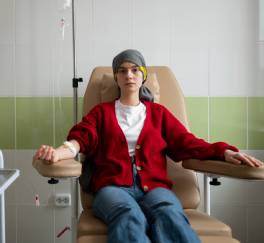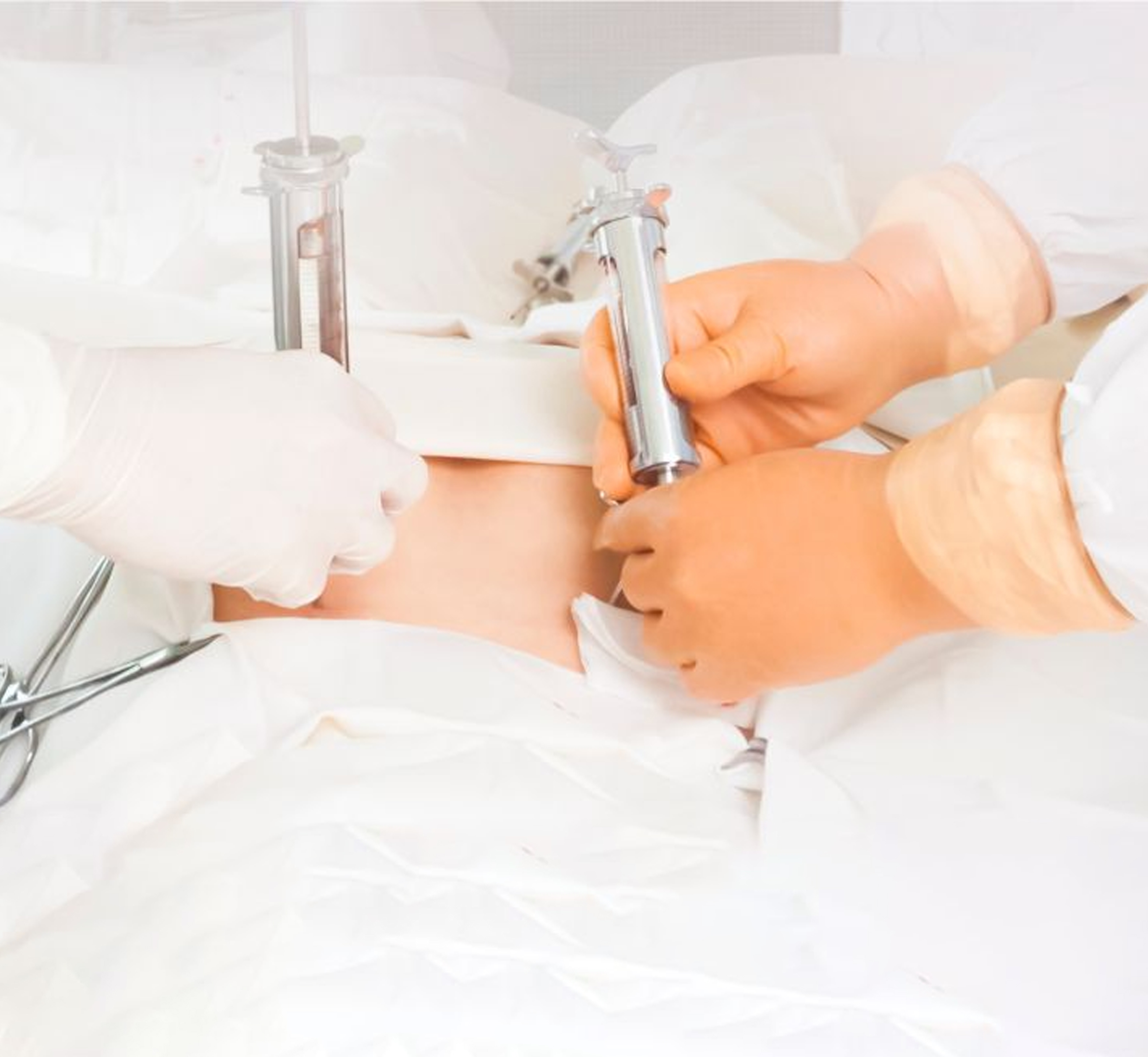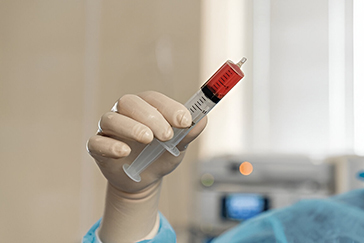 Book Appt.
Book Appt.
 Call Now
Call Now


Severe aplastic anaemia is a rare and life-threatening blood disorder characterized by a significant decrease in the number of blood cells produced in the bone marrow. This condition leads to a weakened immune system, an increased risk of bleeding, and a higher susceptibility to infections.
Causes of Severe Aplastic Anaemia
Severe aplastic anaemia occurs when the bone marrow fails to produce an adequate number of blood cells, including red blood cells, white blood cells, and platelets. The primary causes of this condition can be categorized as follows:
Symptoms of Severe Aplastic Anaemia
The symptoms of severe aplastic anaemia result from a shortage of blood cells and may include:
Diagnosis
Diagnosing severe aplastic anaemia involves several tests and evaluations to confirm the condition and assess its severity. Diagnostic methods include:
Treatment Options
The treatment of severe aplastic anaemia aims to increase blood cell production, improve symptoms, and prevent complications. Common treatment options include:
Complications
Severe aplastic anaemia can lead to several complications, including:
Prognosis
The prognosis for severe aplastic anaemia varies depending on several factors, including the underlying cause, age, overall health, and response to treatment. With prompt and appropriate treatment, many individuals can achieve remission or improved blood cell counts. However, the condition can be life-threatening if left untreated or if the bone marrow does not respond to therapy. Ongoing medical monitoring and follow-up care are essential for managing the disease effectively.
SHALBY Sanar International Hospitals provides extensive medical procedures backed up with our state-of-the-art technology and a team of highly qualified & experienced clinical experts.
Our doctors pen down their research findings and experiences from time to time. Their words provide deep insight into the latest techniques, technologies and other advancements in healthcare. It provides expert answers to all kinds of health questions for real-life issues.
VIEW ALL



.jpg)
Since the day of its foundation, SHALBY Sanar International Hospitals is committed to provide comprehensive healthcare services. It regularly organizes awareness programs in its premises and encourages outdoor healthcare activities and camps with an intent to put focus on preventive healthcare.
VIEW ALL